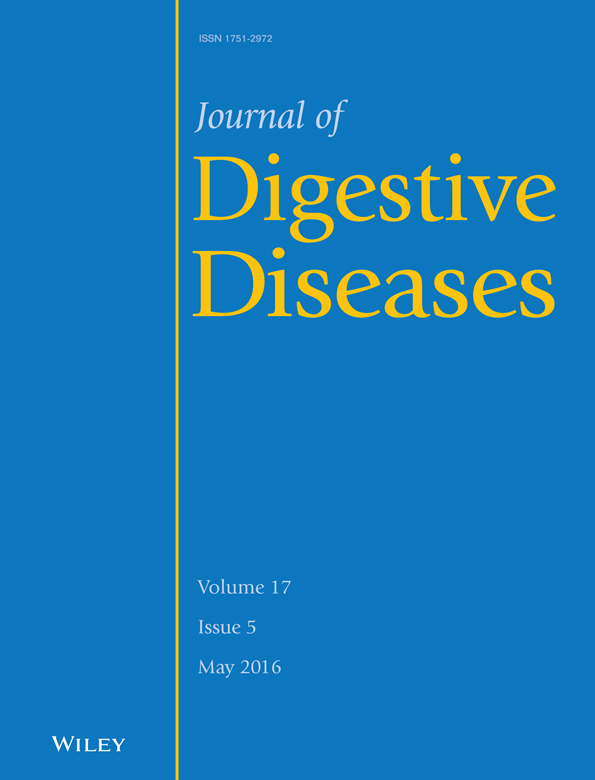Epidemiology of globus symptoms and associated psychological factors in China
Abstract
Objective
To investigate the lifetime prevalence, epidemiological characteristics and psychological factors of globus symptoms in Guangzhou (Guangzhou Province, China).
Methods
A total of 3 360 individuals were randomly selected and participated in the study. Respondents completed questionnaires about their physical and psychological characteristics, globus symptomatology and the Glasgow-Edinburgh throat scale questionnaires and quality of sleep and life. Those who had experienced a globus sensation with no history of gastroesophageal reflux disease, dysphagia, odynophagia or alerting symptoms such as weight loss and hoarseness were diagnosed as having globus.
Results
A total of 3 006 respondents completed the questionnaires, giving a response rate of 89.5%. The overall lifetime prevalence of globus was 21.5%, with a peak age at disease onset of 35–54 years. The prevalence of globus was higher in participants from the urban region than those from the rural areas (26.5% vs 16.4%, P = 0.001). No sex-related difference was observed (P = 0.082). Anxiety (39.8% vs 22.3%, P = 0.001), depression (31.2% vs 18.0%, P = 0.001) and sleep disorders (23.7% vs 13.6%, P = 0.001) were significantly more common in respondents with globus than in those without. Scores on all dimensions of the 36-item short-form health survey, except physical function, were lower in respondents with globus than in those without (all P < 0.05).
Conclusions
Globus symptoms are common and often accompanied by psychological and sleep disorders. The medical community should pay more attention to globus in clinical setting.




